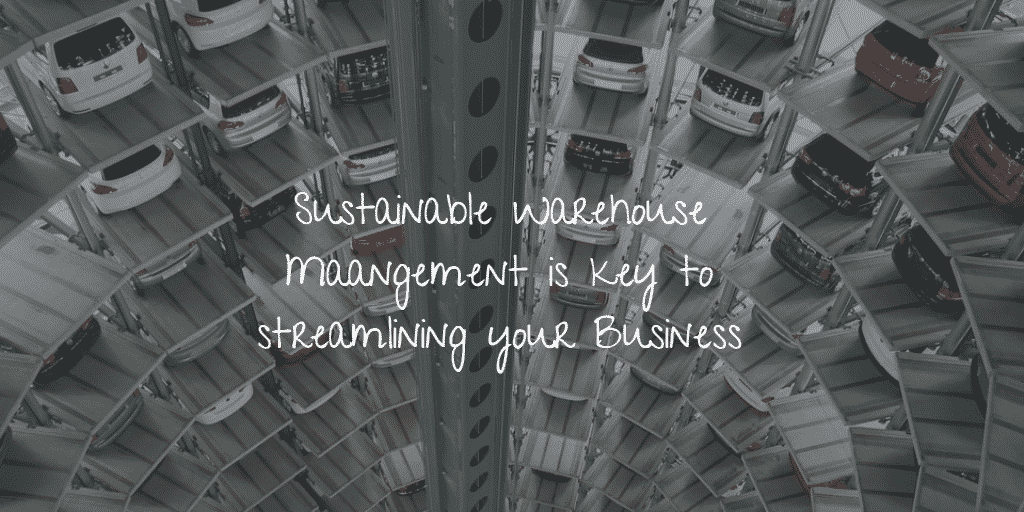Our Tips for Warehouse Management
Warehouse Management can seem so daunting. Not all improvements involve a lot of effort, so start small!
-
Be Organised
If your warehouse is not organised, incoming products will not go to the appropriate locations. Pickers will spend needless amounts of hours trying to find products. It is essential to establish a system that organises your materials in a logical and defined order.
The best organisation keeps the fastest moving materials front and centre in your warehouse. You can increase your efficiency by grouping products that are normally ordered in groups. Consider how supermarkets stock products — if you are looking for flour, you do not go to the cleaning aisle.
-
Reorganise when needed
Really this is a follow on from 1 above. But is just as important.
What works for your warehouse today may not work six months from now. Re-evaluate your inventory and storage methods periodically to make sure that you maintain the right product flow. This may mean taking a day out every six months to sit down and assess your product flow. Do it. It will save time in the end.
For example, a product that took up a whole aisle last month may now be obsolete. The product next to it may suddenly be in high demand. Change the space allocated to your materials when supply and demand changes. Be flexible.
- Think Health and Safety
Maintaining a safe environment is very important to maintaining peace of mind. You have to meet certain requirements, and protecting your employees from injury is a key goal. Accidents can cost you the skilled labour you need to keep your warehouse operating.
- Keep the homefires lit
Often the modern rectangular shaped shelving can hamper light. And with warehouses getting bigger and bigger, natural light can also be a problem. But a brighter warehouse provides not only a safer work environment but also improves your employees’ ability to do their job. Brighter lights also encourages more alertness for what needs to be done. And helps alert employees to spillages, and problems in the warehouse environment.
- Use the right software
Warehouse Management Systems enable you to proactively manage your operations, instead of re-actively.
Real time reports and alerts notify you of potential problems.
Effective Enterprise wide decisions such as order sourcing, stock allocation, stock order levels/ sourcing, etc. can only be made through real time and accurate view of stock.
Contact Pimbrook today for further details on how we can help you with your warehouse management.



